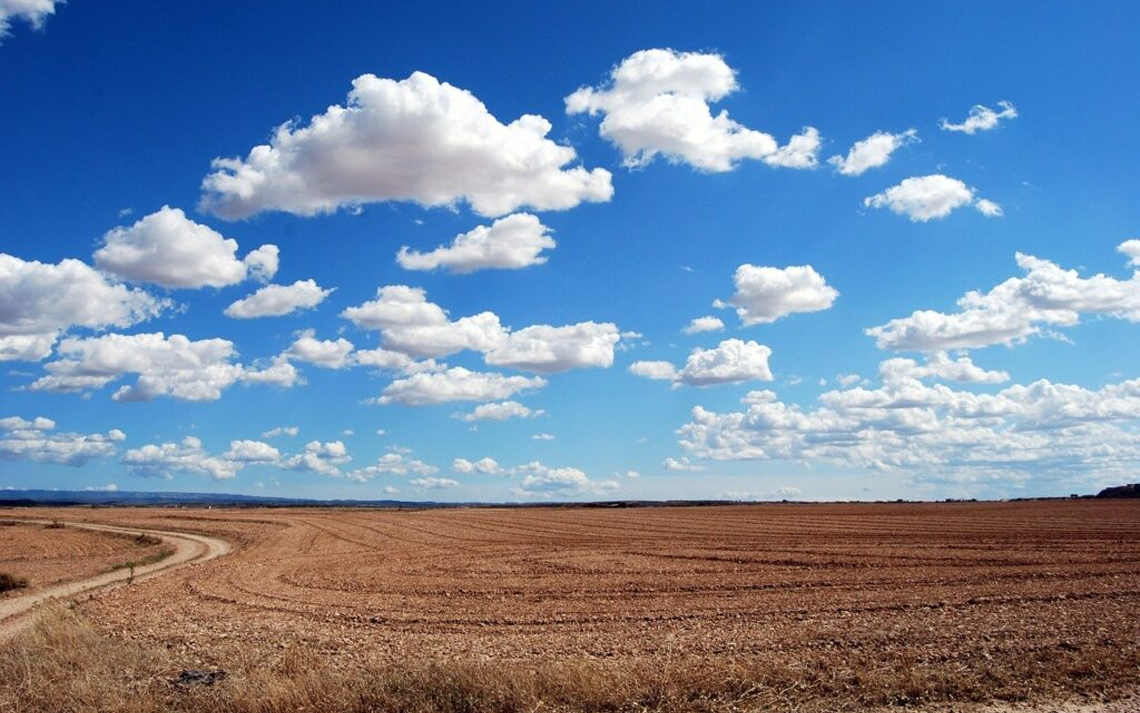Weather Wonders: Observing Clouds and the Water Cycle

By observing clouds, we uncover powerful lessons about the water cycle, weather patterns, and how scientists use evidence to make predictions.
The Dive
To a child, clouds might look like castles, dragons, or a scoop of ice cream. While clouds might look like soft pillows drifting overhead, the reality is each one is a vast community of microscopic water droplets or ice crystals clinging to tiny particles in the air. When warm, moist air rises and cools, it reaches a point where it can’t hold all its water vapor anymore. That invisible vapor condenses, droplet by droplet, until billions gather together to form the visible sculptures we call clouds.
Clouds are not loners. They are key players in the water cycle, Earth’s never-ending recycling system. Water evaporates from oceans, lakes, and rivers, floats upward, cools, condenses into clouds, and eventually falls back to Earth as rain, snow, sleet, or hail. Every drop of water you drink or every snowflake you catch on your tongue has been on countless journeys through this cycle, with clouds as its chariots.
For scientists—especially meteorologists—clouds are more than sky art; they are clues. Different types of clouds form under different atmospheric conditions. High, wispy cirrus clouds can hint at fair weather turning stormy, while towering cumulonimbus clouds announce that lightning, thunder, and heavy rain are near. By watching their shape, height, and movement, scientists (and even farmers and sailors for centuries) can forecast what’s coming next.
Clouds are also travelers, carried by winds at high altitudes, sometimes racing along jet streams faster than 100 miles per hour. Their colors tell us stories: white clouds scatter sunlight evenly, while thick, gray clouds block enough light to signal that rain may be on its way. And fog? That’s just a cloud that decided to settle down at ground level, wrapping towns and fields in its misty embrace.
Learning to read clouds sharpens the skills of observation and inquiry. Watching them shift and grow teaches us to ask questions: Why do some vanish quickly while others swell into storms? Why does one patch of sky stay clear while another gathers a blanket of clouds? Every observation can spark a hypothesis, the first step in scientific thinking.
Clouds also invite us to slow down. Some changes happen in seconds, like thunderheads billowing upward, while others—like cirrus wisps spreading across the sky—require patient attention. Observing clouds over time helps us see how dynamic our atmosphere really is, shaping both local weather and global climate.
From delicate streaks high in the stratosphere to the booming thunderheads that darken an afternoon, clouds remind us that science is not confined to laboratories. It’s right above us, painted across the sky. By observing them, we practice the art of noticing—the same habit of mind that fuels every scientific discovery.
Why It Matters
Clouds are more than scenery, they’re scientific data in motion. Observing them teaches us how to ask questions, notice changes, and make predictions. This is the core of scientific thinking. Whether you’re a young meteorologist or just someone who looks up in wonder, understanding clouds connects you to the bigger picture of Earth’s systems. In a world shaped by climate and weather, learning to read the sky is learning to read the future.
?
How do scientists use cloud observation to predict the weather?
What role do clouds play in the Earth’s water cycle?
Why are different types of clouds found at different altitudes?
How does observing nature sharpen our scientific thinking?
What can changes in clouds tell us about climate and weather patterns?
Dig Deeper
In addition to just being beautiful one-of-a-kind panoramas in the sky, clouds can tell us so much about how energy and weather patterns flow around the globe. Today, we'll talk about how clouds form, the three main types (cirrus, status, and cumulus), explain how and why we get rain, and end with a discussion on humidity and how high humidity can feel hot and sticky on a warm day but comfortable on a cold day.
The study of clouds has always been a daydreamer’s science, aptly founded by a thoughtful young man whose favorite activity was staring out of the window at the sky. Richard Hamblyn tells the history of Luke Howard, the man who classified the clouds and forever changed humanity’s understanding of these changeable, mysterious objects.
Related
Reading the Sky: How We Measure Weather and Why It Matters
Weather isn’t just a conversation starter, it’s data, science, and survival. Tracking the atmosphere gives us clues to the future, insight into climate, and the power to make informed decisions.

Climate Science: How Our Planet Keeps Its Cool… and Why It’s Getting Hotter
Climate science helps us understand how the planet stays warm, why it's getting warmer, and what we can do about it.

Powering the Future: Energy and Renewable Solutions
From sunbeams to spinning turbines, renewable energy is shaping our planet’s future. Learn how energy works, where it comes from, and how engineers are helping build a cleaner, brighter tomorrow.
Further Reading
Stay curious!
